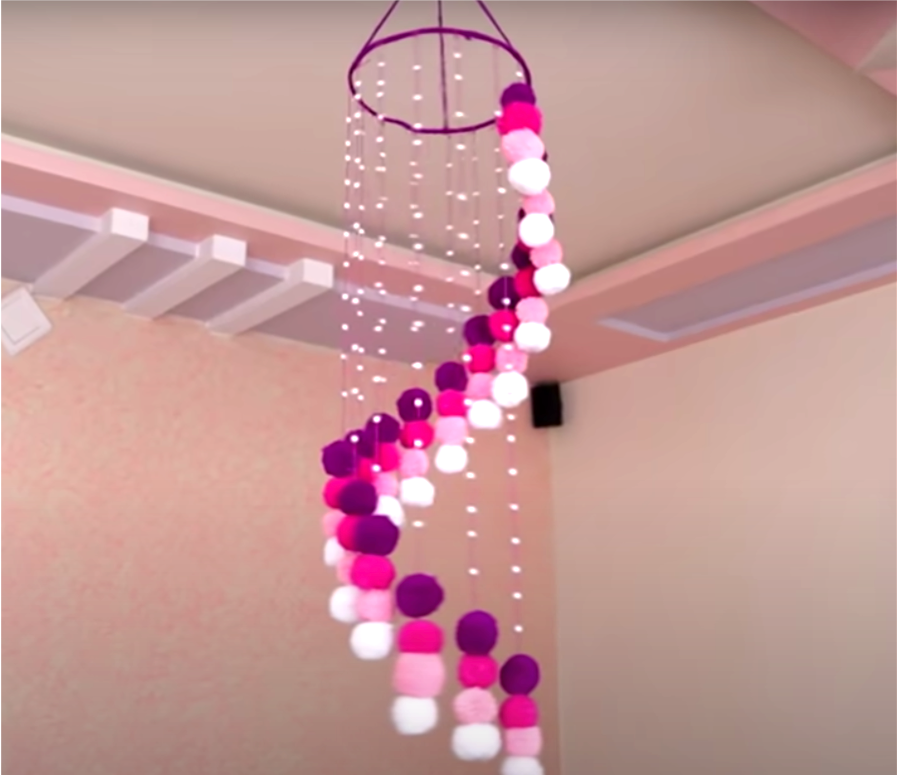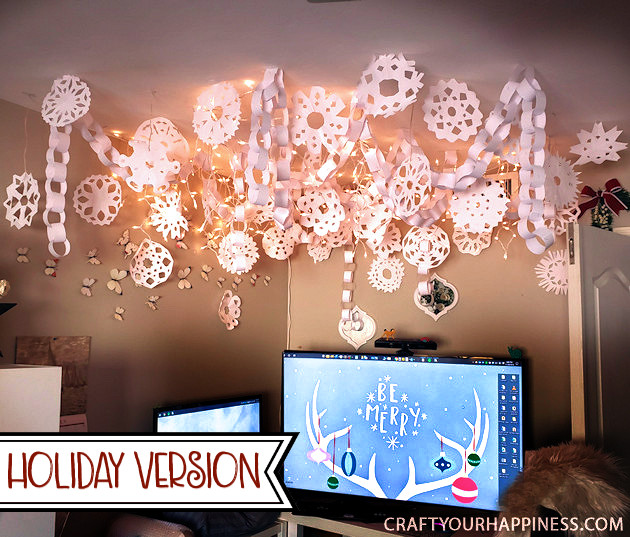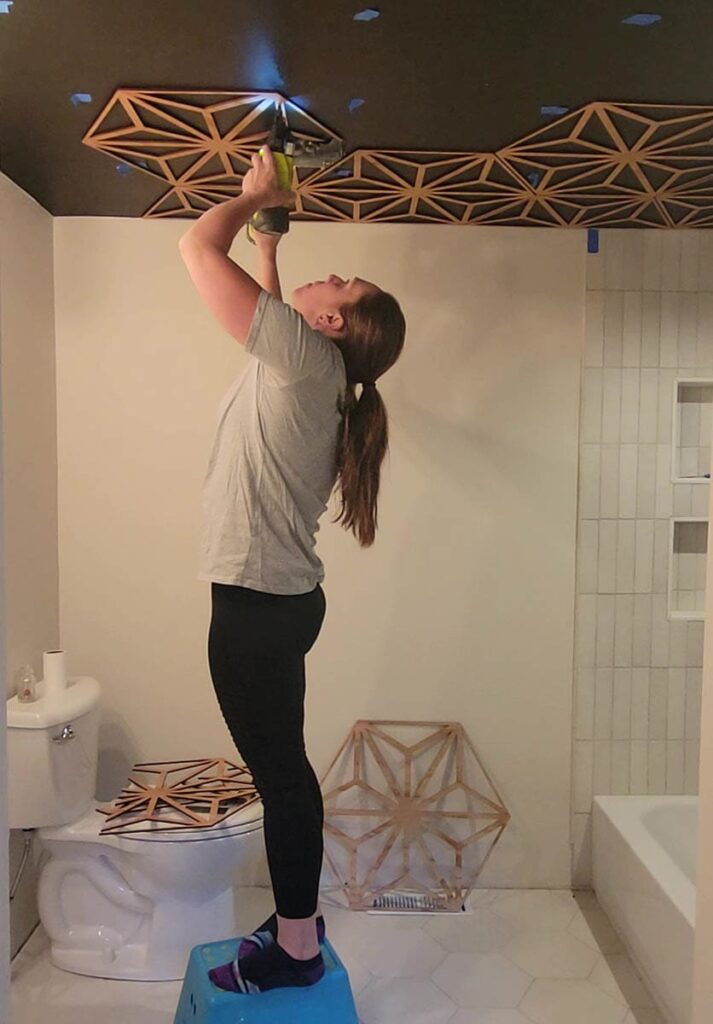Understanding the Importance of a Decorative Ceiling
Your ceiling is often the most overlooked surface in a room, yet it presents a unique opportunity to add character and elegance to your space. A beautifully decorated ceiling can enhance the overall aesthetic of a room, making it feel more inviting and complete.
Over the years, I’ve experimented with various DIY ceiling projects that transformed not just my ceilings, but the entire atmosphere of my home. In this article, I’ll share my experiences, tips, and a variety of techniques you can use to create your own stunning decorative ceiling.
Top DIY Decorative Ceiling Ideas
1. Painted Ceilings
One of the simplest ways to spruce up your ceiling is with paint. A fresh coat in a unique color can create an extraordinary focal point.
- Tip: Use lighter colors to create an illusion of height in smaller rooms.
- Tip: Darker colors can make larger spaces feel cozier.
2. Ceiling Tiles
Ceiling tiles can be an excellent choice for adding texture and depth. They come in myriad designs and materials, allowing for endless customization.
| Material | Pros | Cons |
|---|---|---|
| Styrofoam | Lightweight, easy to install | Less durable |
| Metal | Durable, unique designs | Can be expensive |
| Wood | Warm aesthetic, sturdy | Heavy, more challenging to install |
3. Beams and Molding
Incorporating wooden beams or decorative molding can add a rustic or elegant touch, respectively. This installation can be more labor-intensive, but the result is often worth the effort.
4. Fabric Draping
Draping fabric across the ceiling can create an intimate atmosphere. It’s a great option for event spaces or bedrooms. Choose light fabrics for a whimsical look, or heavier fabrics for a more dramatic effect.

5. Wallpaper or Decals
Ceiling wallpapers and decals can also provide stunning visuals without the commitment of paint. They can be easily removed or updated as your decor tastes evolve.
Selecting the Right Materials
Factors to Consider
When choosing materials for your decorative ceiling project, consider the following:
- Room Function: What is the room used for? High-humidity areas like bathrooms may require specific materials.
- Personal Style: Match your ceiling design with the rest of the room’s decor.
- Budget: DIY projects can vary widely in cost, so plan accordingly.

Recommended Materials
Here are some materials I have used that worked exceptionally well:
- Paint: Acrylic or latex paint for easy application.
- Ceiling Tiles: Styrofoam or PVC for lightweight options.
- Wood Beams: Pine or oak for a classic look.
- Fabric: Sheer fabrics for lightness and elegance.
- Wallpaper: Vinyl or removable options for flexibility.
Step-by-Step Guide to Installing a Decorative Ceiling
Preparation
Before starting your project, ensure you have the necessary tools and materials. This may include:
- Paint rollers and brushes
- Level and measuring tape
- Glue or adhesive (for tiles)
- Fabric or wallpaper (if applicable)
- Safety gear (gloves, goggles)

Execution
- Clear the Space: Move furniture and cover surfaces to protect them.
- Prep the Ceiling: Clean the surface and repair any damages.
- Start Installation: Depending on your chosen method, begin by painting, placing tiles, or hanging fabric.
- Finishing Touches: Add any trim or details. Touch up paint as necessary.
Post-Installation Care
After installation, ensure to maintain your ceiling’s beauty. Dust regularly and address any issues immediately to prolong its life.

Pros and Cons of DIY Decorative Ceilings
| Pros | Cons |
|---|---|
| Cost-effective | Time-consuming |
| Customization options | Requires some skill |
| Creative outlet | Risk of mistakes without proper planning |
Frequently Asked Questions (FAQs)
What is the easiest way to decorate a ceiling?
The easiest way to decorate a ceiling is by using paint. A color change can make a significant impact with minimal effort.

Can I use wallpaper on the ceiling?
Yes, wallpaper can be used on the ceiling, and it can create stunning effects. Just ensure it’s suitable for the room’s humidity.
How do I choose the right color for my ceiling?
Consider the room’s lighting and size. Lighter colors can make a space feel larger, while darker tones can add warmth.

What type of ceiling tiles are best for DIY projects?
Styrofoam and PVC tiles are excellent choices for DIY projects due to their lightweight design and ease of installation.
How can I prevent peeling paint on my ceiling?
Ensure proper surface preparation and use the right paint for the room’s humidity level to prevent peeling.
